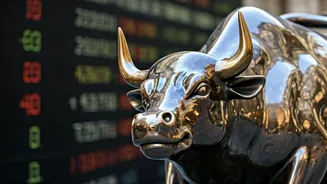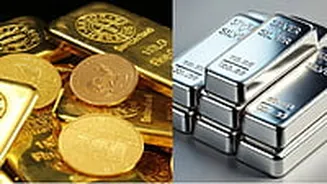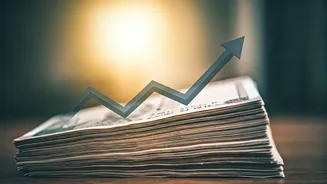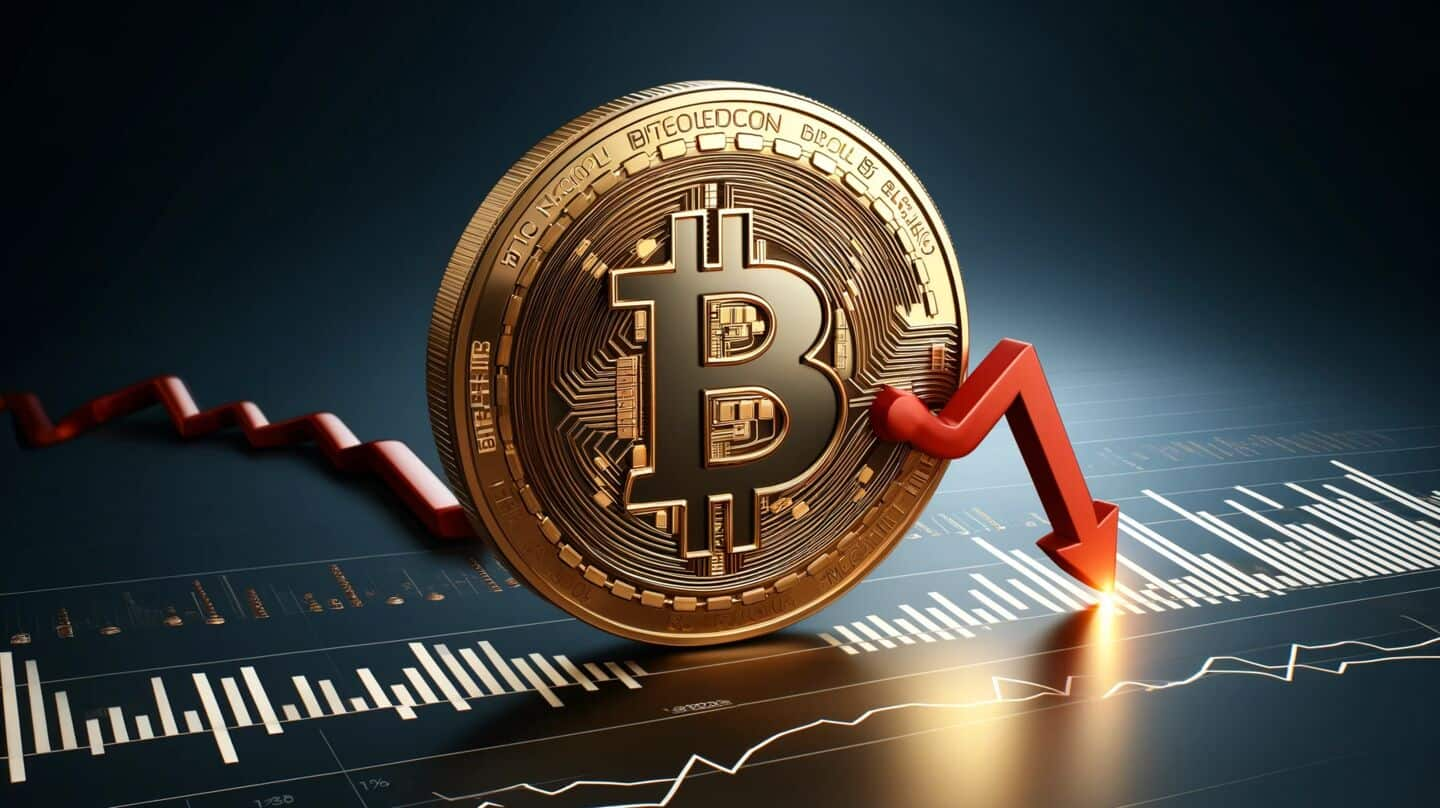Meeting Anticipation Builds
The anticipation surrounding the U.S. Federal Reserve's meeting was palpable, with global financial markets closely observing developments. Analysts and
investors alike were keen on the decisions made by the Federal Reserve, particularly regarding any changes to interest rates. The market's heightened sensitivity reflected the significant influence these decisions hold over the economy. The upcoming meeting triggered various reactions in financial markets, with many stakeholders positioning themselves in anticipation of the announcements. The anticipation underscored the Federal Reserve's pivotal role in shaping financial conditions and economic growth prospects, making the meeting a central focus for financial professionals and economic observers worldwide.
Rate Cut Speculations
Discussions centered around the potential for an interest rate cut, with a focus on its possible effects on various sectors. A reduction in interest rates could stimulate economic activity by making borrowing cheaper. This would potentially encourage businesses to invest and consumers to spend. The discussions included considerations of inflation, employment data, and overall economic performance. A rate cut would also affect the value of the U.S. dollar, impacting international trade and investment flows. Furthermore, the meeting's discussion included potential impacts on different asset classes, such as stocks and bonds, with investors making calculated moves. The speculations were fueled by a complex economic climate, including signs of slowing growth and evolving inflationary pressures.
Market Preparations Underway
Financial markets underwent significant preparations in the lead-up to the Federal Reserve's meeting. Traders and investors engaged in strategic planning, adjusting their portfolios in anticipation of the meeting's outcomes. These preparations took the form of hedging strategies, with investors using financial instruments to mitigate potential risks. This ensured preparedness for diverse market scenarios, encompassing rate cuts, rate hikes, or a decision to maintain the status quo. The financial markets demonstrated anticipation, with key indices and currency pairs experiencing fluctuations. Increased volatility characterized trading activity, signaling heightened uncertainty among market participants. These maneuvers underscored the inherent risks and rewards associated with the Federal Reserve's policy decisions.
Economic Impact Examined
Analysts and experts examined the potential economic consequences of the Federal Reserve's decisions. A rate cut could spur economic expansion, boosting spending and investment. It could lead to increased job creation and higher consumer confidence. Conversely, it could also contribute to inflation. The magnitude and duration of the impact were crucial, with economists debating various scenarios. Some analysts considered how the decisions would affect key sectors like real estate, manufacturing, and technology. Furthermore, the Federal Reserve's pronouncements also influenced the global economic landscape, affecting international trade and the financial dynamics. Assessing the potential economic impacts required a thorough analysis of interconnected factors.
Market Reactions Analyzed
The immediate responses of financial markets to the Federal Reserve's announcements were closely observed. Reactions would manifest across various asset classes, with stock markets, bond yields, and currency values showing instant changes. Analysts would quickly assess whether market movements aligned with expectations. The extent and direction of these reactions provided valuable insights into the market's interpretation of the Fed's stance. The market's response served as a gauge for how confident investors were in the central bank's actions. The reactions also had implications for future market trends. This included the anticipation of the future policy moves, and also the broader economic outlook.














